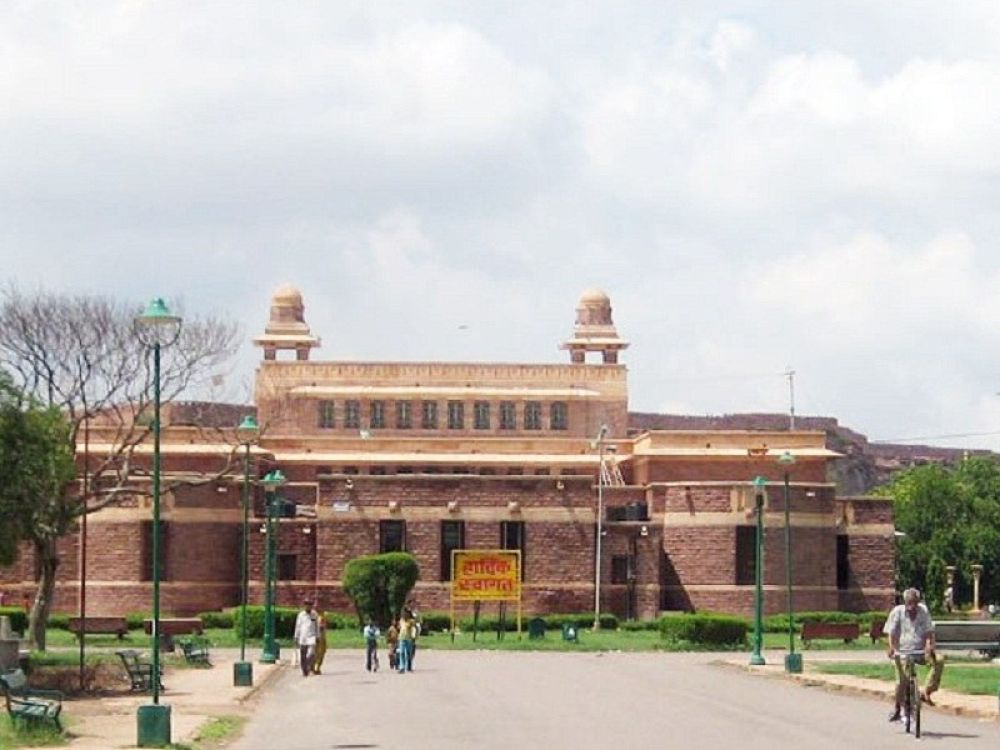

The Sardar Government Museum in Jodhpur stands as a testament to the cultural and historical opulence of Rajasthan, India. Established by Maharaja Umaid Singh in 1909, and named after his father Sardar Singh, the museum is housed within the beautiful public park of Umaid Gardens. The museum was formally opened to the public in 1936, and over the decades, it has become a repository of Rajasthani culture and history.
The museum's architecture reflects the Indo-Saracenic style, popular in colonial India. It holds a rich collection of artifacts, including weapons, textiles, miniature paintings, and local crafts, that portray the heritage of the erstwhile Marwar state. Each exhibit within the museum serves as an educational piece narrating the story of Jodhpur's grandeur. Over the years, the Sardar Government Museum has become a central point for scholars, historians, and tourists eager to delve into Rajasthan's royal past.
As travel has evolved, the importance of sustainable and immersive cultural experiences has risen. To align with these trends, the museum now often includes interactive exhibits and educational programs focusing on the history and culture of Jodhpur. Tourists are not just passive spectators but engaged participants learning about the region's art, history, and crafts through workshops and guided tours.
The museum remains open to visitors throughout the week except Fridays and government holidays. Visiting hours are commonly from 10:00 AM to 5:00 PM. Admission fees are nominal, with separate charges for Indian nationals and foreign visitors. Photography inside the museum may require a small fee.
Today, the Sardar Government Museum is more than a repository of relics; it is a vibrant center of education and culture. Tourism in Jodhpur has benefited significantly from such institutions, which appeal to both national and international visitors. Exploring this museum offers a deep insight into the history, artistry, and culture of Rajasthan, making it a must-visit destination for anyone venturing into the heart of the Thar Desert.